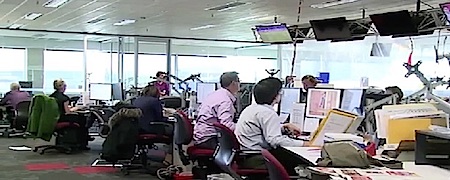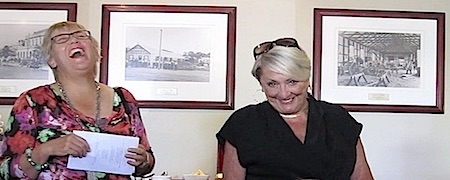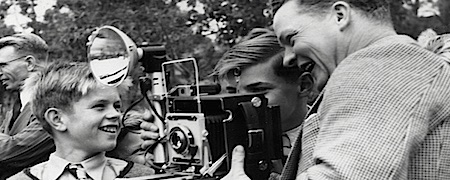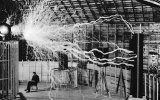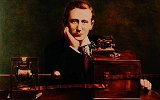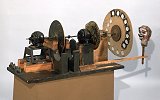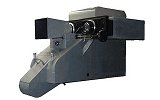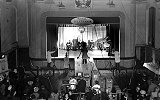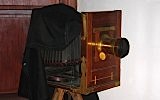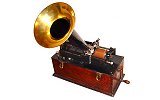
It is with great sadness that we report the passing of Marion Leyer’s beloved husband John. Marion was for many years a key person in the production field at both TVW Channel 7 and NEW Channel 10 in Perth.
Both came to Australia after the war and experienced great success in their respective fields.
John Leyer was born in Berlin in 1937.
The family came to Perth when John was just 16 in 1953. He spent time in a holding camp in Northam, until the family gained lodgings in West Perth. It was at this time that John first met the girl who would later be his wife, a 12 year old Marion Greiling.
...





